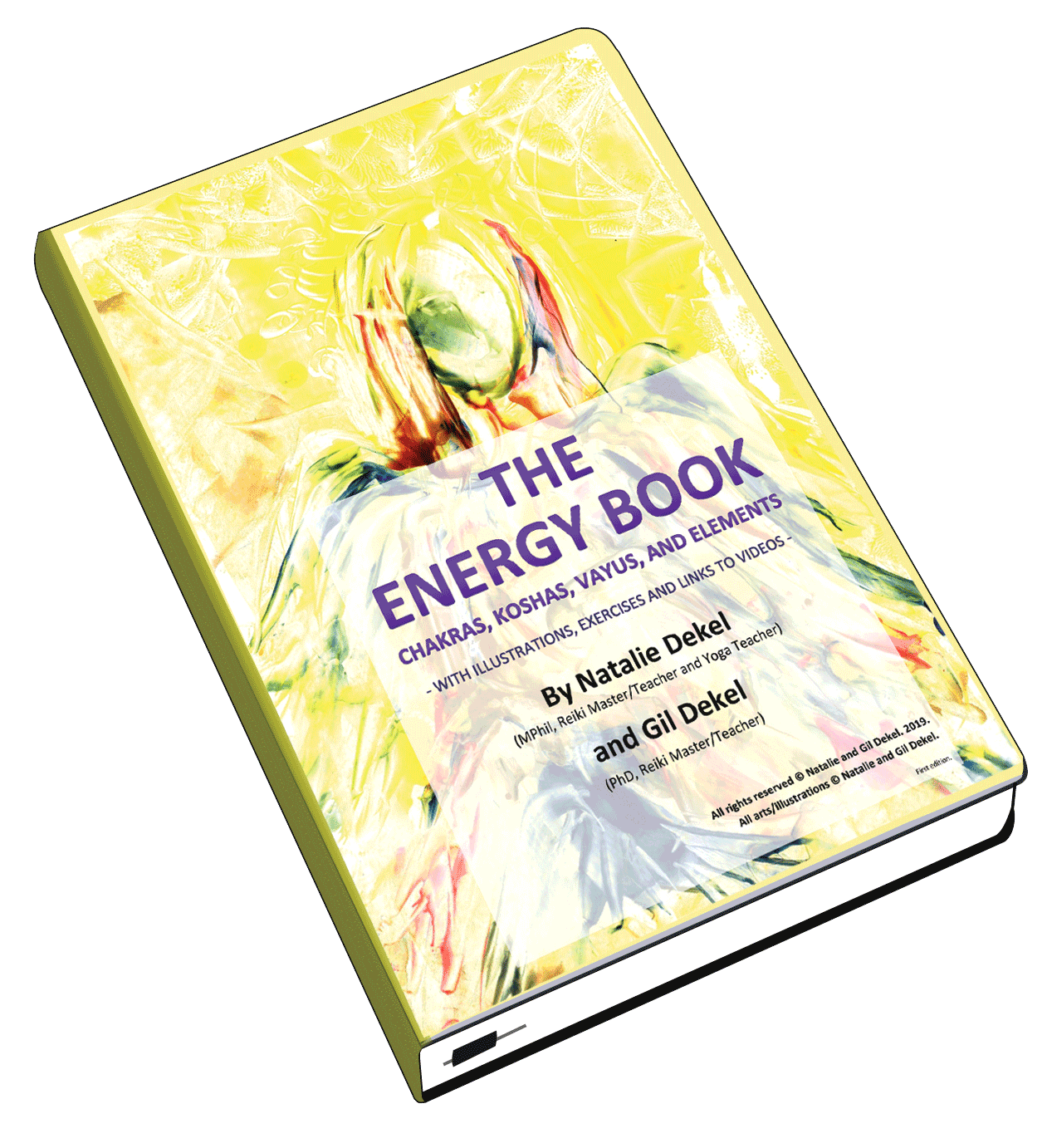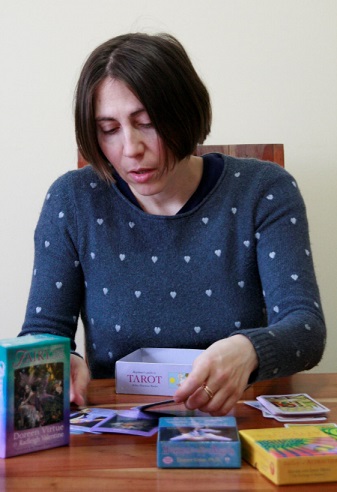
Lord Alan Sugar.
« Back to part 1. « Back to part 2. This is Part 3 of 4. » Next part 4.
281
With his experience with low-price consumer electronics, Alan had a reference point, and could then envision that IBM computers are actually over-priced, as there was no mystique in computer technology. IBM, according to Alan, did not sell better technology. The myth that PC costs a lot – that myth sold…
Targeting the IBM computers, Alan decided to declare a price of £399+vat on his compatible computers. Alan’s idea was that declaring a price and mentioning the ‘+vat’ created a ‘price point’ to attract customers, while hinting that his computer is for the business market (as retail price for consumers electronics already included vat, so by advertising a vat price, the computer was presented for the business/offices market).
287-288
At that time, IBM salesmen were saying that Amstrad computer is unreliable as it had no fan to cool it up. In truth, the power supply of Amstrad PCs was built in the monitor unit, so there was no need for a fan. The IBM PC had its power supply in the base unit so it needed a fan to cool it down so that the sensitive microprocessor circuit would not get hot. Although that was the case, still rumours went around, resulting in people saying ‘don’t buy Amstrad as it has no fan.’ Alan’s solution: he decided to add a fan, which in effect was not needed and did nothing…
PC1512 went to sell at £399 and £649. Surprisingly the £649 model was a bigger seller. This suggested that Amstrad moved now into a marketplace where businesses were buying this product.

Lord Alan Sugar, founder of Amstrad, and author of ‘What You See Is What You Get: My Autobiograhy.’ © Gil Dekel.
288
When IBM contacted Amstrad about infringing some IBM patents, Alan came to an agreement and paid royalties.
296
When Europe wanted to fight imports of VCRs from Japan, they could not break trade agreements for free flow of merchandises, so they then used a few tactics. France declared that all non-European VCRs will have to be imported through one small town, Poitiers, whose custom office could not handle the amount of imports. Only one-two containers would get through the customs each day. Also, a ‘sudden’ pressure in Brussels grew to impose anti-dumping duties on all VCRs coming into Europe from Japan.
297
Yet, when the European manufacturers realised they cannot keep up productions, they started importing from the Far East. All the anti-dumping taxes had ‘magically’ gone away.
The Funai-Amstrad production was shut down in 1987. This was the first time Alan’s idea did not take off.
298
When one achieves success, one thinks that they can walk on water, and they find it hard that they may fail on their next move.
299
Alan’s formula for a margin profit: if a final price is £399, then take away 15% vat of 399, which leaves you with 346.95. Then take away 25% margin which is needed for for the dealer, and you have 257. Also take away 35% for Amstrad’s gross margin, and you are left with 166. So, £166 was the target cost-price of the £399 product.
Alan achieved low materials costs by making large and firm orders. Large orders get attention, and help reduce prices.
313
Alan famously said: “Pan Am takes good care of you, Marks and Spencer loves you, IBM say the customer is king. At Amstrad we want your money.” Alan argues now that that declaration was not clever but honest. All companies are business to make money.
Amstrad’s PC2000 failed and ruined Amstrad’s reputation in 1988.
318
Alan had a gut feeling that he could make satellite receivers at retail price of £199 (while they were sold at £5000 at that time) in eight months time only, and he promised he would do so to Rupert Murdoch. When he promised, he still had no idea how to make them – he only had his instincts that he could make them on time/budget.
319
Statistics software can track and assess existing products categories, but they cannot predict how new products, like satellites, will be received in the market. That is when gut feelings play a major role in business, helping you assess trends.
318-319
Stanley Kalms (Dixons) also had a great gut feeling about satellites, and he supported Alan’s work (ordering 500,000 units).
321
Satellite dish is basically just a ‘lump’ of steel. So Alan managed to get a quote from the British Steel Cooperation, offering to sell the steel at 20pence (instead of £30 quote they got from some ‘expert’ supplier).
The PC2000 failed because Amstrad were too quick and did not make a proper analysis. However, it was that exact quality – being able to bring products to the market quickly – which played role in Rupert Murdoch decision to choose Amstrad as their satellite dish manufacturer.
336
Alan came up with the idea to produce a twin-deck VCR (video player), but could not do so because he knew people would duplicate tapes and infringe copyrights. So, Amstrad came with a clever ‘justification’ to produce the twin-deck VCR: they announced that the twin-deck was produced so that people could use both tapes and record programmes for double the time, a total of eight hours instead of four hours on normal VCRs.
357
With the failure of the PC2000, Amstrad lost the market’s trust and the shares dropped to 22-23p in 1992. This meant that the market value of Amstrad was lower than the assets and cash balance that Amstrad actually held. This was an absurd situation, where the company held more assets and cash than it was valued for in the market.
Alan decided to gain control and buy all shares, thus he offered to buy at 30p a share.
358
Alan was then advised that those share holders who bought shares at the high prices of the company’s hay day, will not be happy to learn that Amstrad/Alan is now buying those shares back at the lower price of 30p. Alan was advised to keep it quiet, but he didn’t…
359
The shareholders voted against this move, and Alan failed to privatise Amstrad.
385
Never form an opinion about a person based on information given to you by others.
End part 3 of 4.
» Next part 4. « Back to part 2. « Back to part 1.
28 January 2011.
This work © Gil and Natalie Dekel.


 - Reading with Natalie, book here...
- Reading with Natalie, book here...